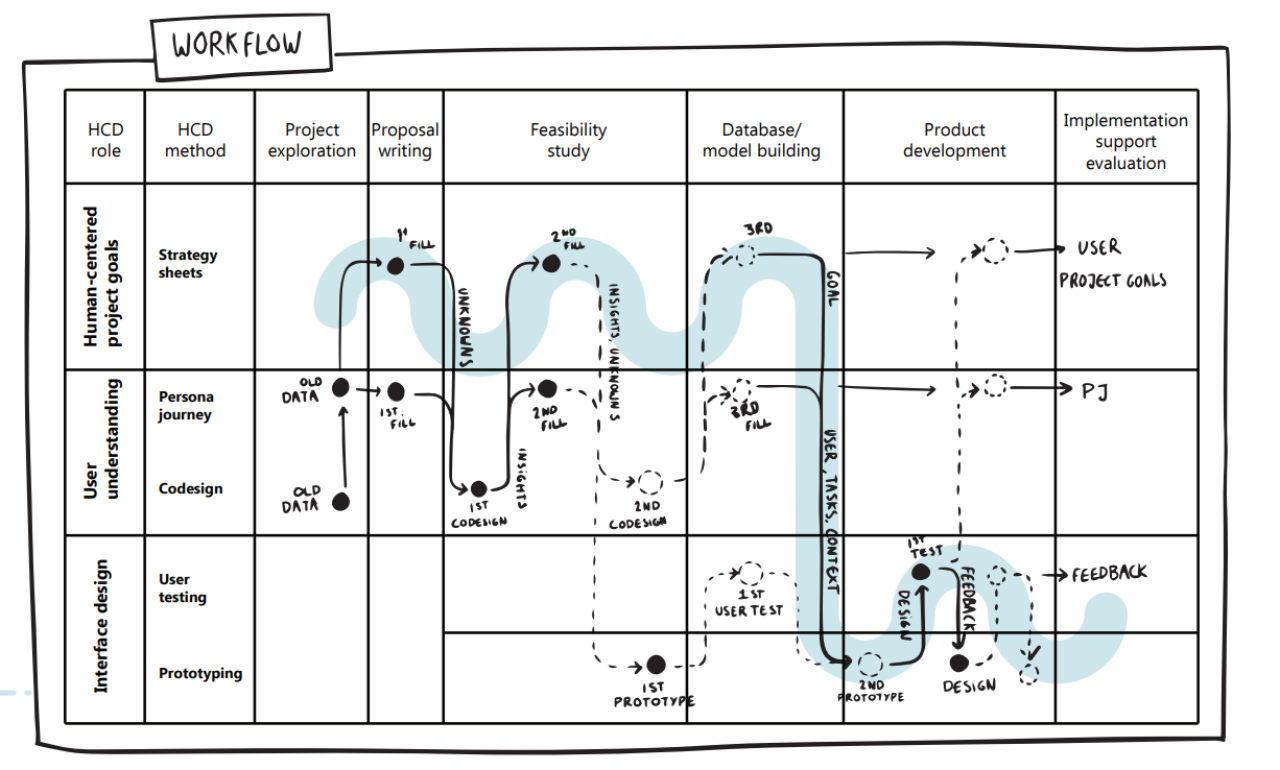Applying Human-Centered Design in the development of digital products for disaster response
ongoing
Master thesis by Rosa Jager
The context of disaster response is incredibly complex due to its chaotic nature and the large number of variabilities per disaster. This complexity makes it difficult for developers of digital tools for disaster response to understand the context of the products they develop. However, a lack of understanding of the use context can result in the development of ill-suited products that do not fulfill the user needs. Human-Centered Design (HCD) is a method to generate a better understanding of the user and the use context through the perspective of the user. It is an approach that is rooted in the belief that the people who face the problems are the starting point when developing a solution.
510 is a Netherlands Red Cross initiative that develops accessible digital tools for humanitarian response across the world. 510 products, which can be databases, models or software tools, are developed for different types of disasters in different countries across the world. In order to ensure that the products are solving user needs and in order to ensure that the products are suited for the context in which they will be employed, 510 aims to incorporate a Human-Centered Design (HCD) approach to their product development. However, the HCD methods are not yet structurally employed across all projects.

The aim of this thesis is to understand how Human-Centered Design can be applied in the development of data and digital tools for humanitarian response. In order to achieve this, the reseach aims to (1) understand the factors that enable and hinder the implementation of HCD, to (2) translate these into required elements for HCD implementation, to (3) understand the needs for HCD in the development of response technology and to (4) make a proposal for the implementation of a human-centered product development process for 510.
The case study presents several insights in the implementation of HCD for digital tools for disaster response within humanitarian organizations like the Netherlands Red Cross. Three lessons about implementing HCD are: HCD is already done in many ways, HCD covers all aspects of the organization and should be implemented by everyone in the organization. Three elements for successful implementation of HCD are found to include: a clearly defined role and scope for HCD activities, an embedded workflow that complements existing product development and a communication plan that guides HCD throughout the organization and promotes participation and transparency. Identified suitable roles for HCD in the development of response technology are: supporting the formulation of human-centered project goals, generating an understanding of the user and their direct context and the design of usable and suitable products.
Have a look at the full thesis report here.